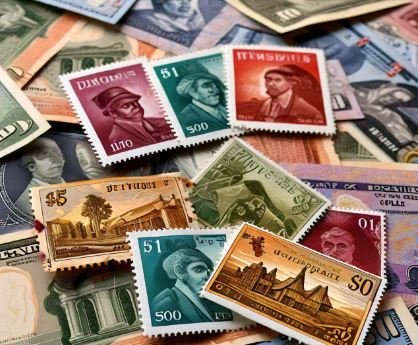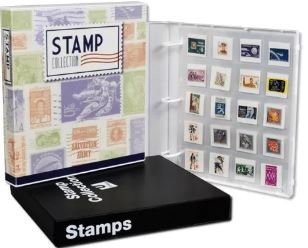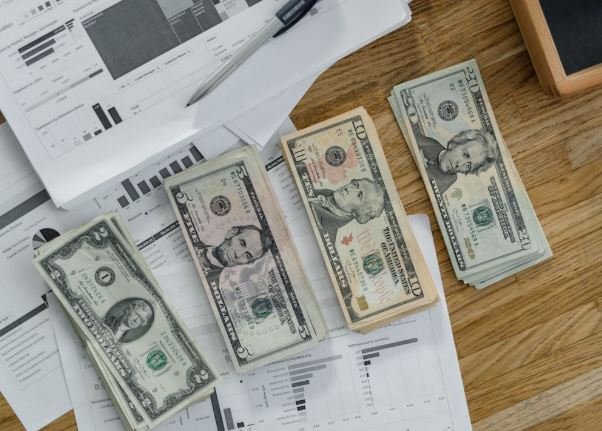Stamp collecting, also known as philately, has long been a popular hobby for enthusiasts around the world. However, beyond the simple pleasure of collecting, many people view stamps as a potential investment opportunity. While collecting stamps as an investment can indeed be profitable, it is not without its risks. In this article, we will explore how to approach collecting stamps as an investment, identify common pitfalls, and offer advice on how to maximize profits.

Understanding the Potential of Collecting Stamps as an Investment
Stamp collecting as an investment can be an exciting and rewarding venture. Over the years, rare stamps have been sold for astonishing amounts, with some fetching millions of dollars at auctions. As an investment, stamps offer several potential advantages:
- Tangible Assets: Stamps are a physical asset, which makes them an appealing alternative to digital or paper-based investments.
- Diversification: They can add diversity to an investment portfolio, especially for those who are looking to diversify beyond traditional stocks or real estate.
- Historical Value: Stamps often hold historical significance, which can increase their demand and value over time.
However, as with any investment, collecting stamps requires knowledge, strategy, and due diligence. To truly benefit from collecting stamps as an investment, it is essential to avoid common mistakes and maximize your returns.
Common Pitfalls When Collecting Stamps as an Investment
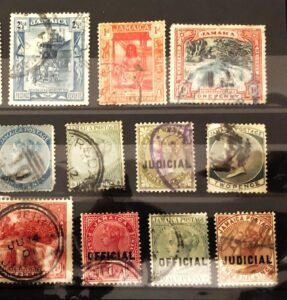
1. Falling for “Get-Rich-Quick” Schemes
One of the biggest mistakes people make when collecting stamps as an investment is getting caught up in the idea that they can quickly become wealthy. Many sellers promote stamps as guaranteed investments that will automatically increase in value. While some rare stamps can indeed fetch significant amounts, the majority of stamps do not appreciate as quickly or as dramatically as advertised.
To avoid this pitfall, focus on long-term goals when collecting stamps as an investment. Research the market, avoid speculative buying, and only purchase stamps that align with your interests and investment strategy.
2. Overpaying for Stamps
Inexperienced investors may fall victim to overpaying for stamps, especially when buying from unscrupulous dealers or auction houses. Some sellers may inflate prices by falsely advertising the rarity or condition of a stamp.
To ensure that you are paying a fair price, it is essential to educate yourself about stamp values and their condition. Use resources such as stamp price guides, consult experts, or work with reputable dealers who can provide you with accurate valuations.
3. Focusing Only on Popular Stamps
While popular stamps, such as the “Blue Mauritius” or the “Penny Black,” are often highly sought after, the market for them can be volatile. There is also significant competition for these iconic stamps, which can drive prices up but also create greater risk.
When collecting stamps as an investment, it is important to diversify your collection. Look for stamps from different countries, periods, and themes. Niche markets may offer undervalued opportunities that have the potential for high returns.
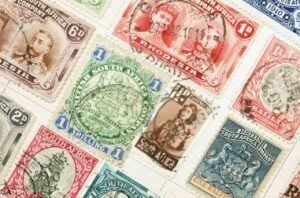
4. Ignoring Condition and Rarity
The condition and rarity of a stamp are key factors that determine its value. A stamp that is well-preserved and in mint condition is far more likely to increase in value over time than a stamp that is damaged, faded, or poorly handled. Even rare stamps can lose their value if they are in poor condition.
When collecting stamps as an investment, always examine stamps closely for imperfections such as tears, creases, or fading. Invest in proper storage and handling techniques, such as using acid-free albums or frames, to ensure that your stamps remain in pristine condition.
Strategies to Maximize Profits When Collecting Stamps as an Investment
1. Do Your Research
Knowledge is key to success when collecting stamps as an investment. Take the time to learn about the stamp market, understand what makes certain stamps valuable, and study trends in stamp sales. You can find valuable information in stamp catalogs, online forums, auction results, and from fellow collectors.
Understanding the historical context of a stamp, its rarity, and its demand in the market will help you make more informed decisions when purchasing or selling stamps.
2. Buy Quality, Not Quantity
While it might be tempting to collect as many stamps as possible, the key to maximizing profits when collecting stamps as an investment is to focus on quality over quantity. Look for stamps that are in excellent condition, are rare, or have some unique attribute that makes them desirable.
If you have the budget, consider buying high-quality stamps that come from well-established collections or auctions. These tend to have a more consistent track record of appreciation compared to stamps purchased in bulk.
3. Diversify Your Collection
As with any investment, diversification is crucial. When collecting stamps as an investment, diversify across different periods, regions, and themes. While certain stamp markets may experience a surge in value, others may see a decline, so spreading your investment helps minimize risk.
By collecting stamps from a variety of sources, you are also better positioned to take advantage of future trends. For example, stamps from emerging markets or countries undergoing political or social changes can see significant growth in value if they are rare or have historical significance.

4. Work with Experts and Reputable Dealers
Building relationships with experts in the field can be invaluable when collecting stamps as an investment. Experienced philatelists, dealers, and auction houses can offer guidance on what to buy, how to sell, and the overall market trends. They can also help you avoid common pitfalls and ensure that you are purchasing stamps at fair prices.
Make sure you are working with established and reputable dealers who provide certification of authenticity and transparency in their transactions. Verify the provenance and condition of any stamp you intend to purchase to avoid scams or misunderstandings.
5. Stay Patient and Think Long-Term
Stamp collecting as an investment is a long-term game. It may take years, or even decades, for a stamp’s value to increase significantly. Avoid the temptation to sell your stamps prematurely and allow them to appreciate over time.
A strategic approach to collecting stamps as an investment involves patience and careful observation of the market. Keep track of the performance of your collection and stay informed about any shifts in the stamp world, such as new trends, auctions, or demand from collectors.
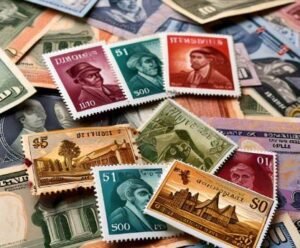
Conclusion
Collecting stamps as an investment can be a profitable and rewarding endeavor, but it requires careful planning, research, and strategy. By avoiding common pitfalls—such as overpaying, falling for “get-rich-quick” schemes, and focusing only on popular stamps—you can make smarter investment decisions. Remember, diversifying your collection, buying quality stamps, and working with experts can help you maximize profits. With time, knowledge, and patience, collecting stamps as an investment can become a lucrative way to build wealth while enjoying the beauty and history of stamps.
By following these guidelines and approaching stamp collecting as an investment with caution and strategy, you can reduce risks and enhance your chances of financial success in the world of philately.

